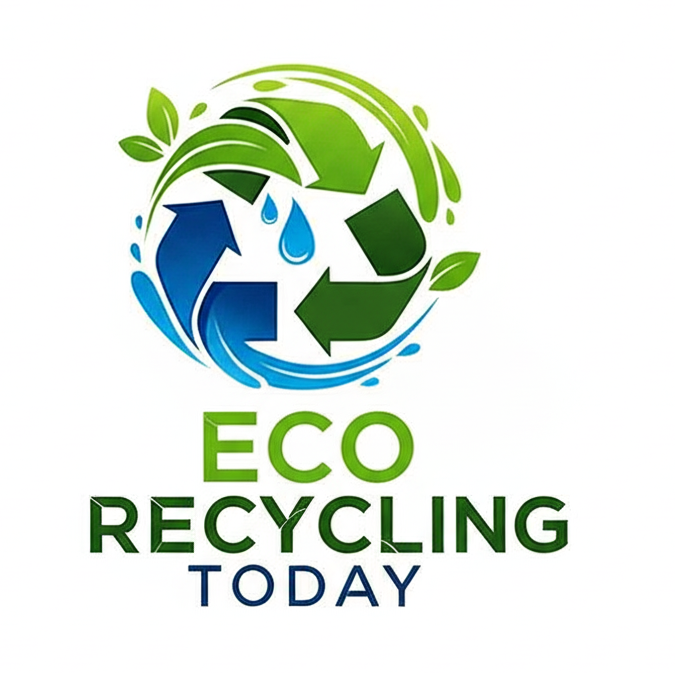Cross-linked polyethylene (XLPE) is a durable and versatile plastic widely used in industries like electrical insulation, automotive, and construction. However, its robust structure, which makes it ideal for these applications, also presents challenges for recycling. Unlike other plastics, XLPE does not easily melt down for reuse, requiring specialized recycling processes and equipment. We’ll explore the process of XLPE recycling, the best equipment for handling it, and how recycling XLPE can support sustainable practices across industries.

As industries grow, so does the consumption of XLPE materials, leading to increased waste. The unique properties of XLPE — its heat resistance, durability, and chemical stability — make it resistant to conventional recycling methods. Recycling XLPE offers a sustainable solution, reducing waste in landfills and providing secondary raw materials for new products.
According to a 2023 report by Markets and Markets, the global cross-linked polyethylene market is expected to grow at a rate of 6.5% annually, driven by rising demand in infrastructure and energy. This highlights the pressing need for sustainable disposal and recycling options, as XLPE waste will continue to increase.
XLPE Recycling Process
- Collection and Sorting: XLPE waste is collected from various sources, such as manufacturing plants, construction sites, and utility companies. Proper sorting is essential, as XLPE waste often includes contaminants that need to be removed before processing. Sorting machines or manual labor can be used to separate XLPE from other materials.
- Grinding and Shredding: Once sorted, the XLPE waste is fed into shredders and grinders to reduce it into smaller pieces. This step is critical, as XLPE’s tough structure requires heavy-duty shredders capable of breaking it down effectively. Some shredders are specially designed for XLPE, with reinforced blades and motors that can handle the material's durability.
- Thermal or Chemical Processing:Since XLPE doesn’t melt like traditional plastics, it requires alternative recycling techniques. Two common methods are chemical recycling and thermal cracking.
- Chemical Recycling: This involves breaking down the XLPE material into its original components using chemical reactions. By depolymerizing XLPE, it becomes possible to convert it into reusable raw materials.
- Thermal Cracking: In this method, XLPE waste is heated in a controlled environment, causing it to decompose and break down. The resulting products can then be used as fuel or raw materials for other processes.
- Pelletizing or Re-Granulation: After chemical or thermal processing, the resulting material is pelletized or re-granulated, making it ready for use in new applications. This stage is essential to ensure uniformity and quality in the recycled product, allowing it to be used in industries like automotive, construction, or manufacturing.
Best Equipment for XLPE Recycling
Heavy-Duty Shredders and Grinders
Since XLPE is tough to break down, high-torque shredders are essential for the initial stages of recycling. These shredders can handle the dense structure of XLPE and reduce it to manageable pieces. Some leading models are equipped with wear-resistant blades and advanced cooling systems to prevent overheating.
Thermal Decomposition Units
To process XLPE without melting, specialized thermal decomposition units are used. These machines operate at high temperatures in an oxygen-free environment, breaking down XLPE into reusable byproducts. Thermal units that allow for precise temperature control are ideal, ensuring a consistent decomposition process.
Chemical Recycling Reactors
Chemical recycling reactors are specifically designed to depolymerize XLPE. These reactors use solvents and catalysts to break down the cross-linked structure, producing raw materials that can be reintroduced into the manufacturing cycle. This equipment is ideal for companies looking to reclaim high-quality materials from XLPE waste.
Pelletizers
After processing, pelletizing machines are used to convert the recycled XLPE into uniform pellets. These machines play a key role in the final stage of recycling, creating a standardized product ready for resale or reuse. High-output pelletizers are often preferred, as they can handle large volumes and produce consistent pellets.
Benefits of Recycling XLPE
Environmental Impact: Recycling XLPE helps reduce plastic waste in landfills and lowers demand for virgin materials. By converting XLPE into reusable materials, industries can decrease their reliance on new plastic production, reducing carbon emissions and conserving resources.
Cost Savings: Industries that generate large amounts of XLPE waste, such as construction and automotive sectors, can save on disposal costs and even generate revenue by recycling their XLPE waste. The recycled materials can either be sold or reused within their own manufacturing processes.
Circular Economy: Recycling XLPE supports a circular economy by reintroducing waste material back into production, extending the lifecycle of the material, and minimizing environmental impact. The resulting recycled products can find use in various industries, including insulation, automotive components, and even packaging.
XLPE Recycling Success Story
Electrical Insulation Manufacturer
An electrical insulation manufacturer in Germany, specializing in XLPE-based products, faced challenges in disposing of production waste. By investing in heavy-duty shredders and thermal decomposition units, the company began recycling its XLPE waste. This initiative allowed them to reduce waste disposal costs by 35% and generated high-quality pellets for reuse in their products. Over a two-year period, the company reported a 40% reduction in raw material costs, proving the long-term value of investing in XLPE recycling equipment.
Automotive Industry’s Approach to XLPE Recycling
A leading automotive manufacturer, producing parts like battery casings and fuel lines, integrated XLPE recycling into its supply chain to minimize production waste. Through partnerships with specialized recycling facilities, the company began converting XLPE waste into reusable pellets. This approach not only reduced their reliance on virgin plastics but also decreased production costs by approximately 25%. By incorporating recycled materials, they improved their environmental footprint and received positive feedback from environmentally-conscious consumers.
XLPE recycling is essential for industries looking to adopt sustainable practices and manage waste responsibly. While the unique structure of XLPE presents challenges, advancements in recycling equipment have made it possible to convert this durable plastic into valuable raw materials. From heavy-duty shredders to thermal decomposition units, specialized machinery is crucial for effective XLPE recycling.
